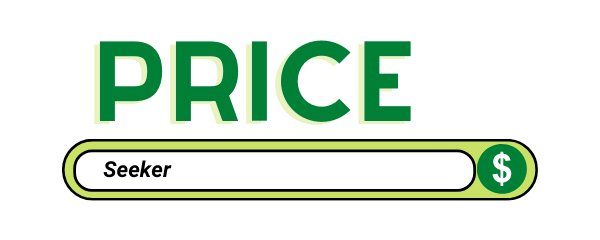A loan can help a person reach a personal or professional goal that would otherwise be out of reach. There are tons of people with great potential but not enough capital, who deserve an opportunity to live the life of their dreams. And loans from different institutes provide them with this chance.
While there are so many different types of loans you can get, it is important to remember that there is no best or worst approach. It varies from person to person depending on their lifestyle. By planning and doing some research, consumers and entrepreneurs can figure out what is their best type and use their borrowing options to do well both personally and professionally.
How does a Loan Work?
A loan is a sum of money borrowed that must be repaid at scheduled intervals. For example weekly or monthly. A specific timeframe is set for repaying the entire loan amount. This period can be from several months to several years. To borrow the money, the consumer agrees to pay an interest rate or a fee and repays it on top of the total loan amount that they have borrowed.
Types of Loans
Basically, there are two main types of loans. One that supports personal concerns like mortgage, loans to pay any debts or buy something as an asset or need. And another type is getting money to support a cause like starting a business or getting an education. Here are a few categories of loans;
Personal Loans
Personal loans are further classified as;
Secure Loans
- Secured loans are loans secured by your assets. Owning a vehicle or a house is an asset.
- The plus point of this is that it results in easier access to money as well as a lower interest rate. Since you’re using your asset as collateral, you’re more likely to qualify for a secured personal loan.
- A disadvantage to this is that if you cannot repay the loan on schedule, your assets are at risk.
Unsecured loans
- Unsecured loans have no collateral (assets) attached to them. Consequently, it is not usually possible to borrow large amounts of money.
- These have the highest interest rate and are more difficult to qualify for.
- The advantage of an unsecured type of loan is that if you do not repay on time, you will not lose anything.
Personal Loans in Other Forms:
- Home loans
- Payday loans
- Auto loans
- Car title loans
- Mortgages
- Home equity loans (2nd mortgage loan)
- Credit-based loans
Who provides personal loans?
- Institutions from big banks
- Credit unions
- Online FinTech lenders
Student Loans

This is the money that students may borrow from either a private or federal institution, which they agree to repay at a future date depending on the terms and period in which they agreed to repay it. There is an interest rate associated with this loan as well.
Getting federal student loans is much more prudent since they are government-subsidized and offer much lower interest rates.
By comparison, proprietary loans come from banks, private financiers, or other agencies. In these institutions, interest rates are typically higher.
When you apply for these types of loans online, you need to fill out a form that contains specific information. Upon approval, the bank directly transfers the funds to your school or college.
In terms of repayment, federal loans are usually repaid after 10 years. While private lenders have their own limits ranging from five to fifteen years.
Small Business Loans
Loans for small businesses are a key component of a country’s economy. Loans such as these promote employment and create new ideas for countries. A federal division called the Small Business Administration (SBA) provides these loans for startups to hire employees, to buy equipment, or for any other business-related purposes. The objective of this program is to keep interest rates low and offer flexibility to new businesses.
Crowdsourcing
This is a recent innovation in lending. With this type of loan, consumers and business owners can rely on the internet to make their case in order to receive a larger amount of microloans from people moved by their stories. There are instances in which repayment is not even required. Generally, crowdsourcing sites take a cut of the amount raised and give the rest to the recipient. In other instances, lenders will back a crowdsourcing campaign in exchange for gifts designated by the campaign for those who reach certain tiers. Even though it may sound pleasant, this is usually the least guaranteed and least reliable method as it appears nearly impossible to stand out in crowds of thousands, if not millions, of people.












